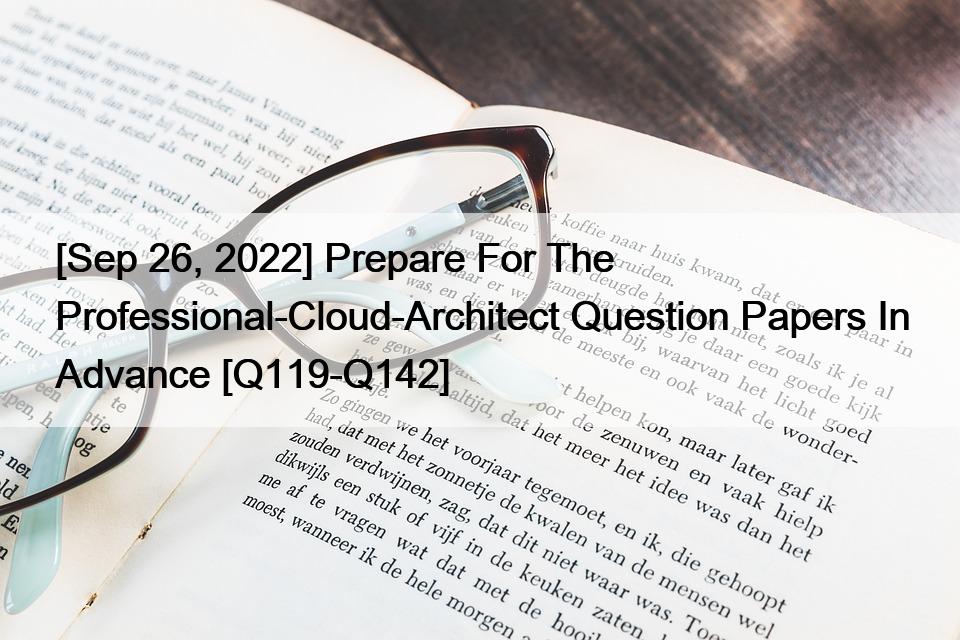|
Exams Labs Braindumps https://blog.examslabs.com/2022/09/sep-26-2022-prepare-for-the-professional-cloud-architect-question-papers-in-advance-q119-q142/ Export date: Sat Nov 23 11:45:21 2024 / +0000 GMT |
[Sep 26, 2022] Prepare For The Professional-Cloud-Architect Question Papers In Advance [Q119-Q142] [Sep 26, 2022] Prepare For The Professional-Cloud-Architect Question Papers In Advance Professional-Cloud-Architect PDF Dumps Real 2022 Recently Updated Questions Professional-Cloud-Architect Dumps and Practice Test (251 Exam Questions): https://www.examslabs.com/Google/Google-Cloud-Certified/best-Professional-Cloud-Architect-exam-dumps.html 1 |
Links:
|
|
Post date: 2022-09-26 16:54:13 Post date GMT: 2022-09-26 16:54:13 Post modified date: 2022-09-26 16:54:13 Post modified date GMT: 2022-09-26 16:54:13 |
|
Export date: Sat Nov 23 11:45:21 2024 / +0000 GMT This page was exported from Exams Labs Braindumps [ http://blog.examslabs.com ] |